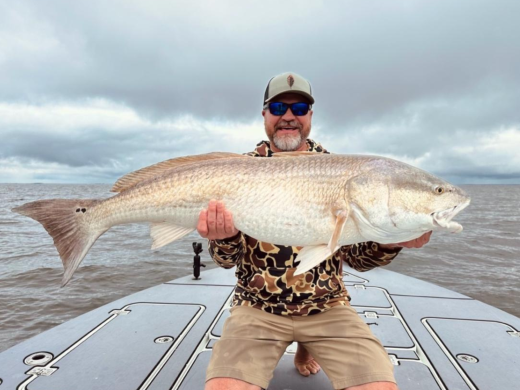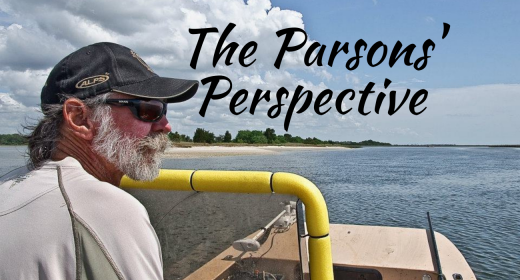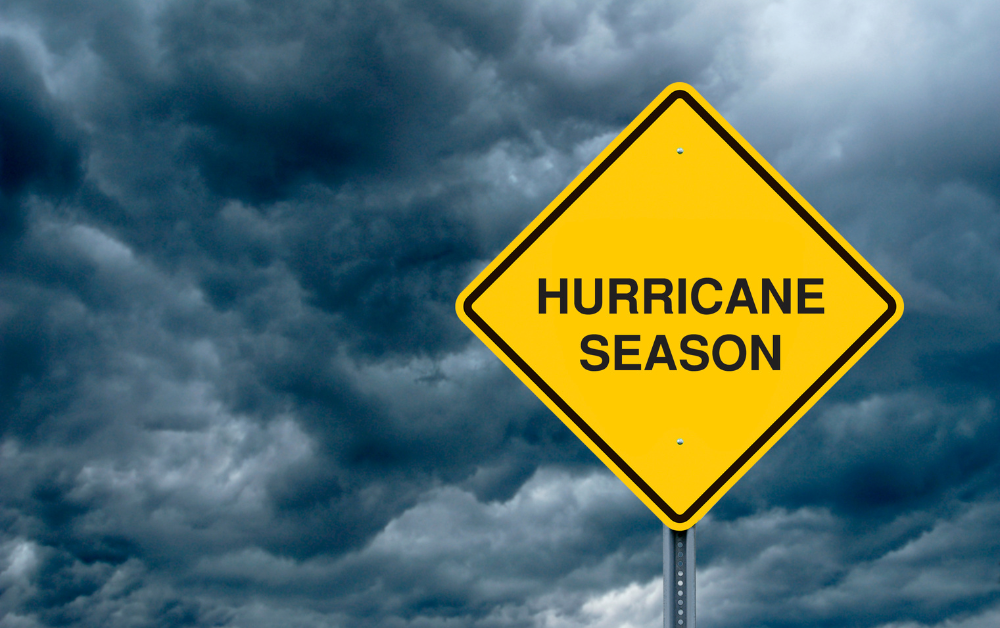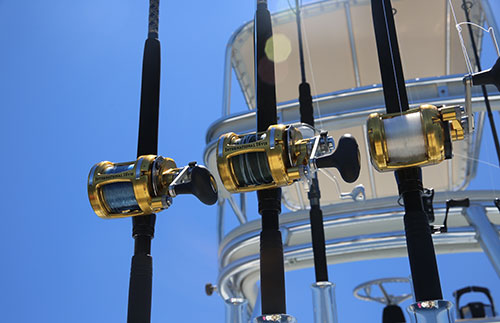How Hurricanes Impact Fishing
Hurricanes can have an impact on late summer and fall fishing. There are several factors that can determine the size of that impact. First, you need to understand that the ocean is actually layers of temperature and salinity. These factors determine were in the water column the fish will be after the storm passes. The salinity is also driven by how much water floods out of the inlets and into the areas around the inlets both during and after the storm. The inland water has far less salinity and it mixes with the ocean water to dilute and create a significant drop in the water’s salt content. Cold rains from large storms and hurricanes with little or no salt content can also change the temperature and salinity. Speckled Trout that commonly move to adjust to the preferred salinity level and other species that may be more sensitive to the water temps may migrate to find a water column that is more suitable to their needs.
Large hurricanes can also produce damaging currents that can extend down 200 feet or more below the surface. This can impact the bottom formations such as structures and live bottoms that act as habitats for the fish. Increased amounts of low dissolved oxygen can also result in large amounts of dead fish. When oxygen levels get too low, fish are unable to obtain the required amount of oxygen necessary for metabolism. Several factors may occur together to cause this condition. This is often times compound by long periods of cloud cover that can follow a hurricane.
Fishing immediately after a hurricane can be challenging, especially due to the cloudy water conditions and impact of the changes in the water conditions as previously mentioned. It’s also important to be cautious of any pollution that may have impacted the rivers and streams that lead into the ocean. Make sure to check your area news sources for notifications on spills that may have occurred up stream from your coastal fishing area. Also when fishing, take special care to watch for large debris that may be float on or just below the surface that cause damage to your boat.
The bottom line is…..it’s all about the quality of the water. The salinity and the oxygen levels as well as the impact of land based pollution. Fortunately, the great fishing conditions quickly returns. Until then…be patient.

You may be interested
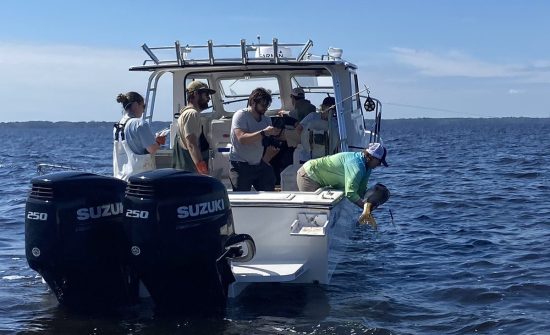
Satellite Tracking Study Aims To Unlock More Red Drum Secrets
Tim Wilson - April 8, 2025A pilot study tracking a popular saltwater fish was not expected to yield as much information as it did in its first year. When the North Carolina…
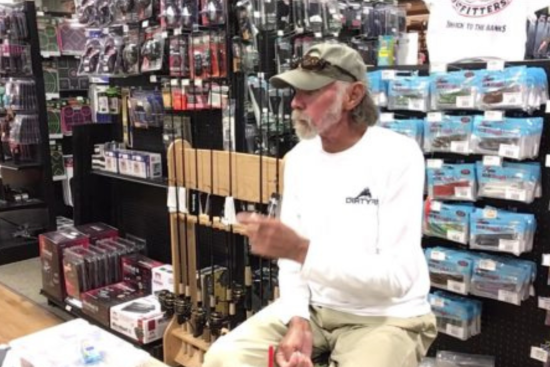
9 Things Fishing Guides Won’t Tell You
Tim Wilson - April 8, 2025We’re all amazed at how fishing guides nearly always know what to do and where to go to put fish in the boat. Most guides are fishing…
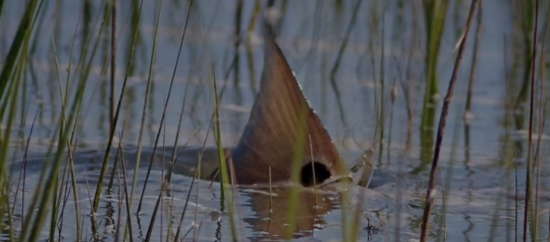
How the Moon Phase Impacts Inshore Fishing
Tim Wilson - April 3, 2025The late spring and early summer months are a time of the year when the inshore goes thru a transition period. It's when the fish come out…
Most from this category
